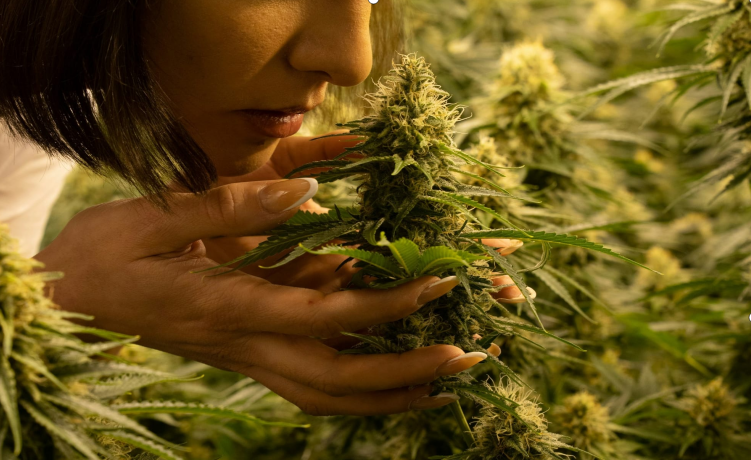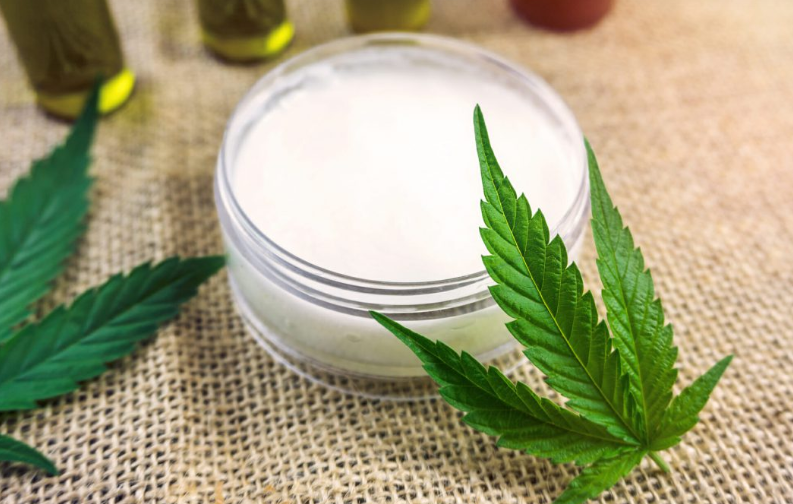Please don't think that marijuana's aroma only comes from terpenes, there's more to it than that!
For decades, marijuana's distinctive skunk odor has attracted both its enthusiasts and critics. While many attribute this distinctive odor to terpenes - the source of various scents in the plant - a recent study published in ACS Omega identified another source of Cannabis aroma: volatile sulfur compounds (VSCs).
Terpenes are a large group of organic compounds that occur naturally in certain insects, fruits and vegetables, and virtually all plants, including the cannabis plant, and influence their flavor profiles and aromas. Terpenes are secreted by the same plant glands (trichomes) in the cannabis plant that produce Cbd and THC.

To date, more than 20,000 different terpenes have been identified, about 200 of which are also found in the cannabis plant. All natural flavors in food come from terpenes in the first place. They bring out the flavors of fruits and vegetables, herbs and spices, and create the aromas given off by trees and blooming flowers.
By analyzing 13 cannabis strains, researchers identified a previously unknown group of volatile sulfur compounds (VSCs) designated VSC3 through VSC7) that are very similar to the sulfur-containing compounds found in garlic.
One of these, VSC3, is the major contributor to the skunk-like odor, although it does not act in isolation. Studies have shown that the interaction of VSC3 with other sulfur-containing compounds, such as VSC5, enhances and alters the aroma. This interaction is particularly evident in cannabis extracts, where the higher the concentration of these volatile sulfur compounds, the greater the irritation.
In addition, the researchers found that even when present in very small amounts, VSC3 significantly altered the overall aroma of the plant, demonstrating its key role in creating cannabis-specific flavors.
The evolution of these volatile sulfides over the life cycle of the plant was another important finding. As the cannabis plant matures, VSC concentrations increase significantly, peaking during the drying and curing process. However, these compounds are highly volatile, meaning that they rapidly evaporate after about a week of flower storage. This volatility explains why freshly cured cannabis usually has a stronger aroma than older flowers.
One of the most intriguing aspects of this study is that the sulfur compounds in cannabis and garlic are structurally similar. Garlic's sulfur compounds are known for their health benefits, including potential anti-tumor properties and support for cardiovascular health.
The researchers believe that the sulfur compounds of cannabis may exhibit similar biological effects, providing a new direction for future research into their therapeutic potential. The link between the two plants highlights the broader importance of sulfur compounds in nature and their potential applications in health and medicine.
The implications of this discovery are not limited to academia. For cannabis growers and manufacturers, understanding the chemical sources of the plant's aroma can influence breeding strategies aimed at enhancing or suppressing certain odors. Products such as cannabis extracts, which are known for their strong aromas, could benefit from processing that manages VSC levels to meet different consumer preferences.
Additionally, this knowledge could drive innovation in packaging technologies to better preserve the freshness and aromatic odor of cannabis products, addressing a key challenge facing the industry.
Importantly, this study highlights the complexity of cannabis odor profiles. While VSC3 is the primary driver of skunk odor, it is the synergistic interaction between multiple volatile sulfur compounds and other aromatic components that produces the subtle aromas associated with Cannabis Flowers. This complexity reflects the broader biochemical diversity of cannabis and provides insights into the evolution of the plant and its interactions with the environment.
In addition to explaining the origin of cannabis' distinctive odor, these findings unearth a novel cannabis metabolite with potential medicinal value. As researchers delve deeper into the biochemical complexity of cannabis, the insights gained have the potential not only to influence product development and consumer experience, but also to shed light on the role of cannabis in health and wellness more broadly.












